Sweet Corn Seeds (Zea mays)
Sweet corn seeds is a rewarding crop that provides delicious, tender kernels when grown with proper care. With attention to soil quality, consistent watering, and fertilization, sweet corn will thrive in a sunny location. By planting in blocks, you ensure proper pollination and get fuller ears. Harvest at the right time for the sweetest, freshest taste. Though seed saving is recommended for open-pollinated varieties, hybrid sweet corn offers many benefits in terms of disease resistance and uniformity, making it a reliable choice for gardeners.
- Estimated Delivery : Up to 3 business days
- Free Shipping & Returns : On all orders over ₹550 in Bangalore
Sweet corn is a popular warm-season crop known for its tender kernels and sweet taste. It is a relatively fast-growing plant that requires full sun and fertile soil to thrive.
1. Seed Selection
• Choose high-quality, disease-free sweet corn seeds from a reliable supplier.
• Select hybrid or open-pollinated varieties based on your preference for sweetness and texture.
• There are different types of sweet corn, such as Standard (SU), Sugar Enhanced (SE), and Super Sweet (SH2), with varying sweetness levels and textures.
2. Planting Time
• Sow seeds directly outdoors when soil temperatures reach 60°F (16°C) or higher.
• Corn is a warm-season crop, so plant in late spring or early summer after the last frost date in your area.
• For continuous harvests, plant successively every 2-3 weeks throughout the growing season.
3. Soil Preparation
• Use well-draining, loamy soil rich in organic matter.
• Ensure the soil pH is between 6.0 and 6.8, which is ideal for corn growth.
• Incorporate compost or aged manure before planting to improve soil fertility.
4. Seed Sowing
• Sow seeds 1-2 inches deep and space them 8-12 inches apart in rows.
• Rows should be spaced 30-36 inches apart for proper air circulation and sunlight exposure.
• Plant corn in blocks or clusters rather than a single row to ensure good pollination and better kernel development.
5. Germination
• Sweet corn seeds will typically germinate within 7-10 days at soil temperatures of 60-85°F (16-29°C).
• Keep the soil consistently moist during germination to promote even sprouting.
• If conditions are too cool or dry, germination may be delayed or uneven.
6. Watering and Care
• Water regularly to keep the soil moist, especially during tasseling and ear development.
• Mulch around the base of the plants to retain soil moisture and control weeds.
• Corn plants are heavy feeders, so provide supplemental water during dry periods to avoid water stress.
7. Fertilizing
• Apply a balanced fertilizer (NPK 10-10-10) before planting and side-dress with nitrogen-rich fertilizer when plants reach 12-18 inches in height.
• Fertilize again when tassels appear to promote ear development.
• Avoid over-fertilizing, as excess nitrogen can lead to excessive foliage growth with reduced ear production.
8. Pests and Diseases
• Watch for common pests like corn earworms, aphids, and cutworms. Use neem oil or insecticidal soap to control infestations.
• Diseases like rust, smut, and blight can affect sweet corn. Practice crop rotation, proper spacing, and good garden hygiene to minimize risks.
• Birds and rodents may also damage ears, so consider using netting or physical barriers if necessary.
9. Harvesting
• Sweet corn is ready to harvest about 60-100 days after planting, depending on the variety.
• Check for maturity by feeling the kernels through the husk or peeling back a small section. The kernels should be plump, and when punctured, they should release a milky liquid.
• Harvest in the early morning for the best flavor, and pick ears when the silks have turned brown but the husks are still green.
10. Seed Saving
• Allow some ears to fully mature on the plant if you want to save seeds.
• Once fully dry, remove the seeds from the cob and store them in a cool, dry place.
• Keep in mind that hybrid varieties will not produce true-to-type plants in the next generation, so it’s best to save seeds from open-pollinated varieties.
Conclusion
Sweet corn seeds is a rewarding crop that provides delicious, tender kernels when grown with proper care. With attention to soil quality, consistent watering, and fertilization, sweet corn will thrive in a sunny location. By planting in blocks, you ensure proper pollination and get fuller ears. Harvest at the right time for the sweetest, freshest taste. Though seed saving is recommended for open-pollinated varieties, hybrid sweet corn offers many benefits in terms of disease resistance and uniformity, making it a reliable choice for gardeners.


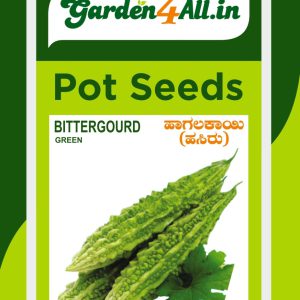
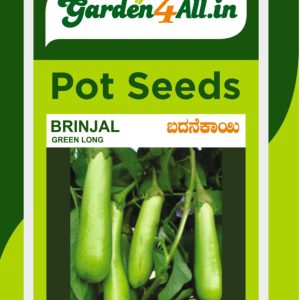
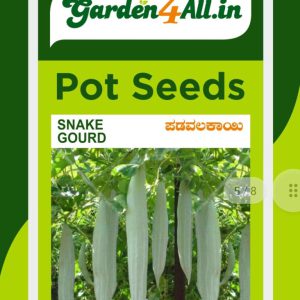
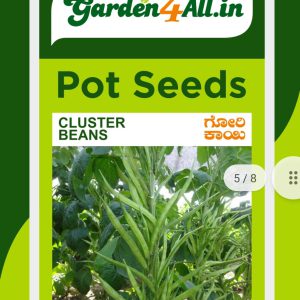

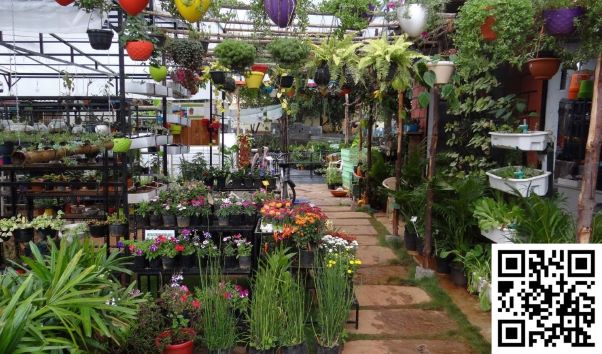

Reviews
There are no reviews yet.